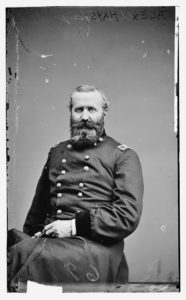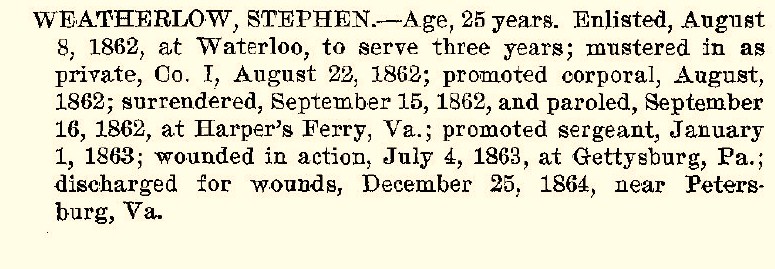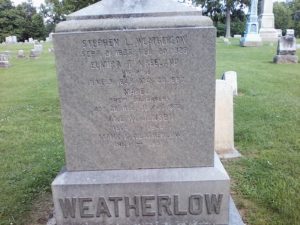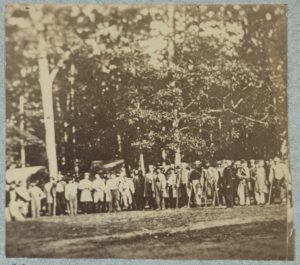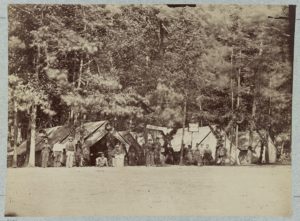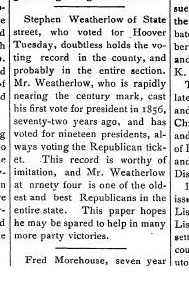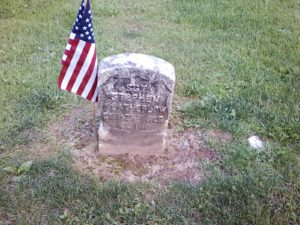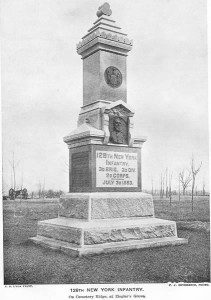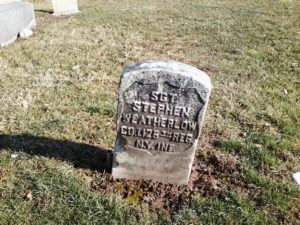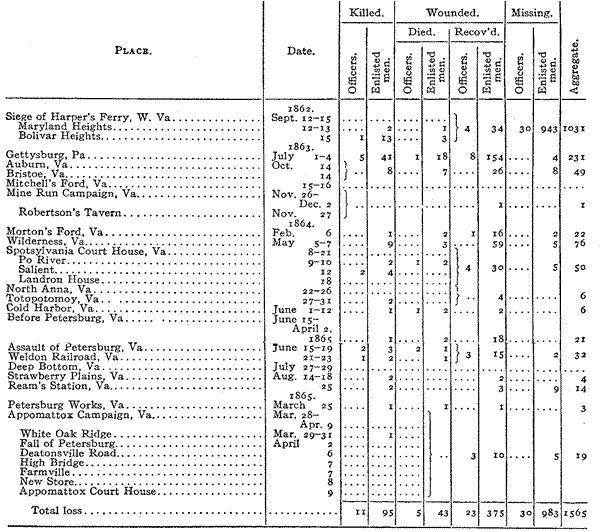Talk about progress. Thanks to the global media, seemingly more and more omnipresent, we can be more and more aware of all the pain and agony throughout this world. I realize I don’t have enough empathy for all the people who deserve my empathy. Bad things can happen at any time and not just on my schedule. Christians can die on Christmas, and Americans get killed and wounded on Independence Day.
While historians would declare the battle of Gettysburg over, the dying was not. Skirmishing, which masked Lee’s withdrawal, continued into July 4th, taking four more lives of the redeemed 126th New York. Their old brigade commander, General Hays, had ordered the 126th’s new commander, Lieutenant Colonel Bull, to remove the Confederate sharpshooters which still threatened the Union troops. In turn, Bull sought volunteers, but his men, hearing the cries of the wounded and calculating the risk, hesitated. It seemed particularly incongruous to hear bands on Cemetery Hill playing “National airs” to celebrate “Independence Day” and simultaneously to be called upon to face “the most dangerous service they were ever employed in, as the sharpshooters hit everything that was seen to move.
Finally, Second Lieutenant John B. Geddis of Company D, a Pennsylvania native, volunteered and asked his company to follow him, a request with which they and individuals from other companies complied. One of the volunteers, 30-year-old Second Lieutenant Rufus P. Holmes, company D, was killed almost immediately by Confederates whose spirits were unbroken and aim still accurate. … [three others were killed or mortally wounded and seven more were wounded] …[1]
One of the wounded was Company I’s Sergeant Stephen Weatherlow, who would eventually be discharged on account of his wounds:
I had been aware of Sergeant Weatherlow because of his gravesite. Further along in Wayne Mahood’s book I learned that in 1883 he was elected by the 126th’s veterans to a commission that was charged with building a monument at Gettysburg to memorialize the regiment and especially its founding colonel – Eliakim Sherrill, who was mortally wounded on July 3, 1863 (and died about 8:00 AM July 4th).[2]
According to documentation at Restvale Cemetery in Seneca Falls, Stephen Weatherlow lived to be ninety-three years old.
Seemed pretty straightforward, although I wondered about the gap between his wound and his discharge. Yesterday’s search provided an explanation. A post at lifewithldub Extraordinary Stories From An Ordinary Guy recounted a ceremony in Lancaster County, Pennsylvania that commemorated the 150th anniversary of the end of the Civil War. During the ceremony a first cousin, five times removed, of Stephen Weatherlow had her grandsons read the story of his Gettysburg experience. Sergeant Weatherlow was wounded in the leg on July 4th. He had his leg amputated that evening and laid in the woods until July 1th when he was transferred to a field hospital. His leg had to be re-amputated on July 25th. Around December 1st he was sent to Baltimore, where his leg was amputated a third time. He walked on crutches for 21 years before he could use an artificial leg. He was a postmaster in Seneca Falls.
According to page 144 in “GRIP’S” HISTORICAL SOUVENIR OF SENECA FALLS “Grip’s” Historical Souvenir of Seneca Falls, N.Y in 1904 an “S. Weatherlow” was a “Pension Agt.” in Seneca Falls. According to an issue of the Seneca County Courier-Journal sometime in November 1928 (at NYS Historic Newspapers) Mr. Weatherlow as still voting and still voting Republican until just before his death.

